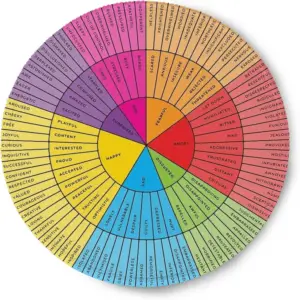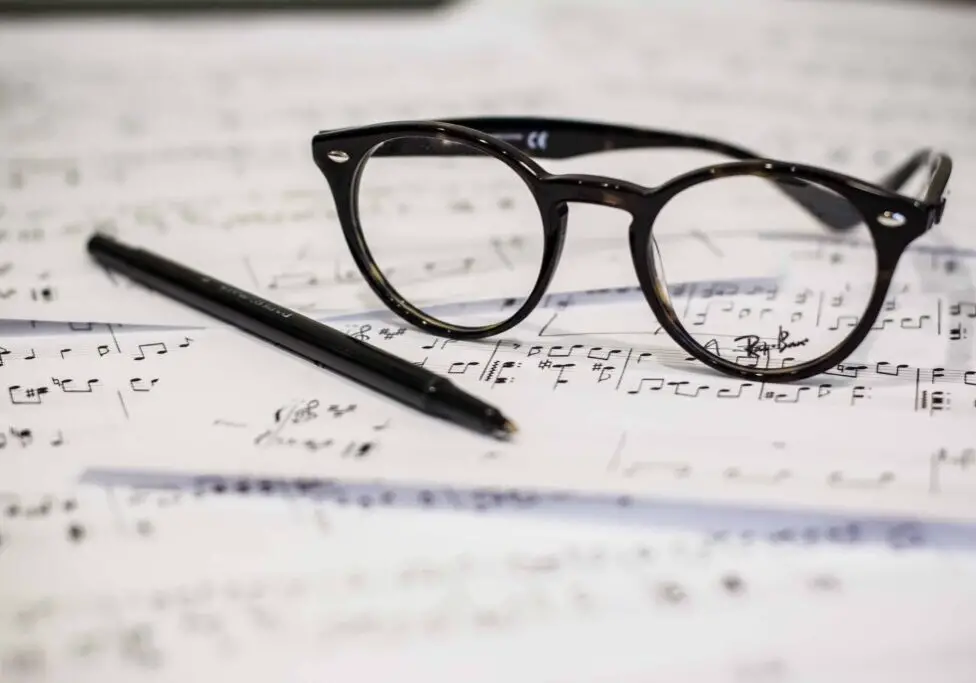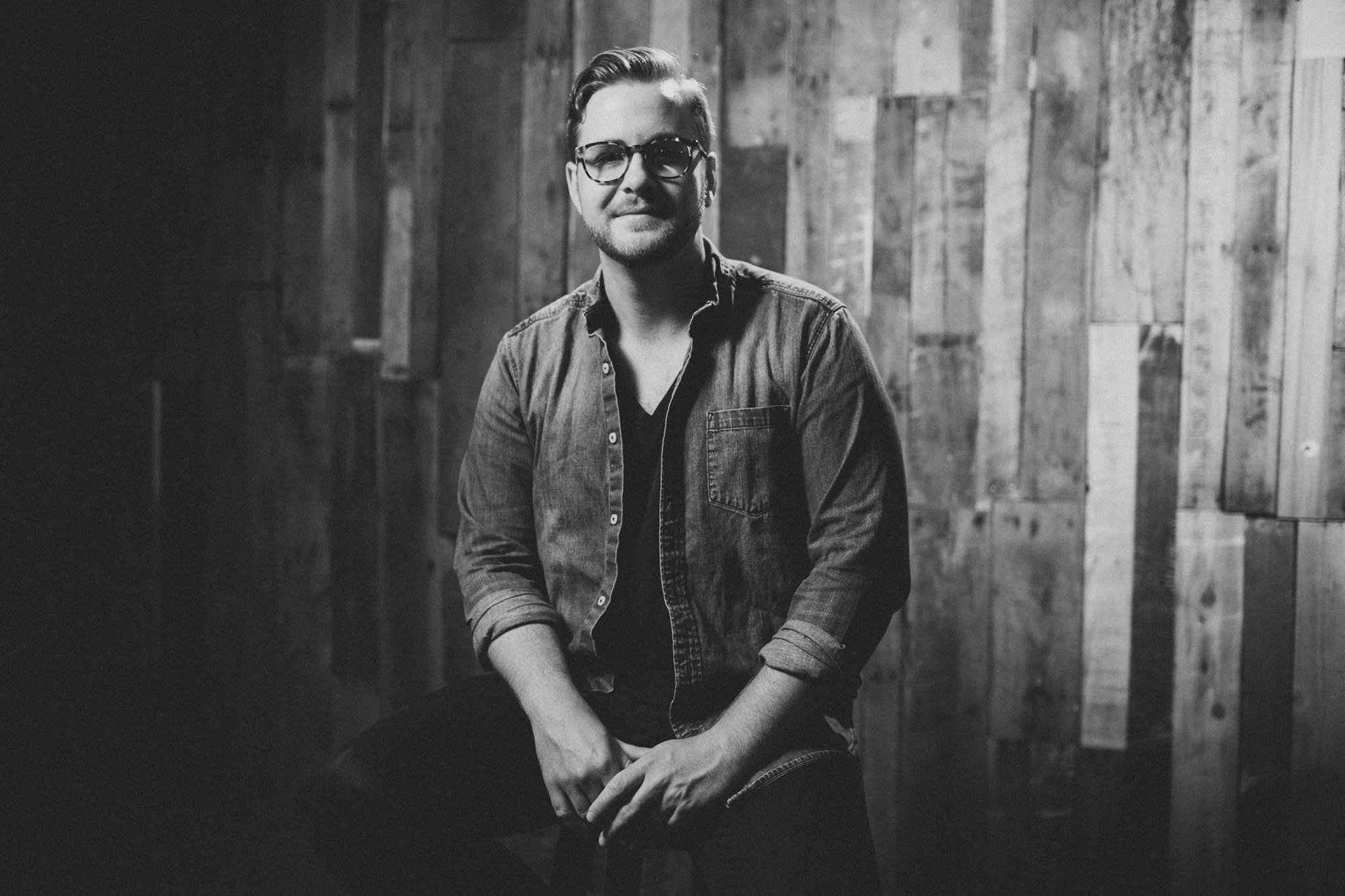Unlocking Your Creative Potential: 6 Fun and Effective Songwriting Exercises
Every musician has their own songwriting rituals.
They’re the tried and true methods for writing your next favorite tune. It can involve anything from sitting down in a coffee shop with your songwriting journal or inviting over a couple of fellow musicians to jam out with.
Whatever it may be, being able to reliably produce new song ideas is necessary for any aspiring musician.
That being said, even the best songwriting practices can, at times, feel like nothing more than banging your head against the wall.
It can be infuriating, but in times like these, venturing off the beaten path can be a valuable use of your time as a musician.
Songwriting exercises are one of the best ways to get the musical cogs turning when nothing else seems to be working. You may even find some to add to your daily or weekly songwriting routine.
When I say songwriting exercises, I’m referring to different prompts or practices that’ll force you out of your comfort zone as a musician.
This could mean writing a song from a different perspective than you normally try, attempting to play a different genre, or even writing a song about a completely random object.
It can feel a bit gimmicky at first, but be patient.
I’ve found that breaking out of my normal songwriting thought process has led me to some fresh, original ideas (many of which have turned into favorites of mine).
Before You Get Started
Set a time limit with each new exercise you try.
If you give yourself a whole evening to write a song about a dusty baseball cap, you may just end up spending a few hours staring at a cap.
Instead, set your timer for anywhere from ten minutes to an hour (typically, I don’t like to go much longer than that).
Then, within that time frame, force yourself to come up with something.
Your first few sessions might not be pure genius, but they will certainly be different from your normal songs.
In the end, that could just be enough to spark your next hit.
Below, I’ve detailed a few of my favorite songwriting exercises that I like to bust out when I find that the creative juices aren’t flowing.
Give them a try yourself! You may find one that sticks with you for years to come.
Exercise 1: Object Game
The first exercise you can try out also happens to be one of the simplest to execute.
All you’ll need is a way to jot down your ideas and an object that you can see.
Now, this object could be a tree in your yard, the lightbulb above your front door, or a slice of bread. It doesn’t matter what it is, but whatever you choose, you’ll have to stick with it.
From there, you start writing your song.
It may seem silly at first (especially depending on what you choose to write about), but it’ll teach you to critically and closely analyze something that may, at first glance, seem mundane.
As Pat Pattison puts it in his book Writing Better Lyrics, “Object writing is timed, sense-bound writing, usually done first thing in the morning. You pick an object—a real object, like a paper clip, a coffee cup, a Corvette—and treat it as a diving board to launch you inward to the vaults of your seven senses.”
The beauty of the object game is that it’s so simple, but it can lead to some pretty complex places.
And, because the challenge is so open-ended, you can explore a lot of different avenues in your writing.
You can not only write about the physical nature of the object itself, but you can also explore what the object may mean as a symbol.
You can even write from the perspective of your chosen object, giving it a voice and feelings that it otherwise wouldn’t have!
A great example of this can be heard in Nickel Creek’s “The Lighthouse’s Tale,” which, as the title suggests, tells a story from the perspective of a lighthouse about the lighthouse keeper.
Give this song prompt a try, even as a quick exercise in the morning or before you start your more serious songwriting.
A quick ten minutes devoted to writing a few verses about an apple might help prime your creative senses to work on something more profound.
Heck, the song about the apple itself might be pretty profound!
Exercise 2: Storytelling Through Music
Storytelling through music is one of the most traditional uses of music throughout history.
Songs have classically been used as modes of communicating myths and folklore, and as the creative form has evolved, those methods of storytelling have evolved as well.
Nowadays, nearly all songs tell a “story” of some sort, but the more rigid narrative style has gone somewhat out of style.
That’s why trying to convey narrative and perspective through music can be such a useful exercise as a songwriter, especially when the narrative is far different from your own story.
It can be daunting to come up with an entirely new story on your own, which is why I normally recommend choosing to write your song based on a story you’re already familiar with.
This could come from a book you read, a TV show you’ve been watching, an event in history, or even an old myth that’s universally known (think of the stories of Icarus or Sisyphus)!
Then, take this narrative and begin writing a song about it.
This exercise could be simply taking the story itself and retelling the events through your lyrics, or it could be an exploration into the thoughts and feelings of a particular character.
A few of my favorite examples of this exercise include songs such as:
- “E. Watson” by The Decemberists is about an actual American outlaw from the 19th century.
- “Wuthering Heights” by Kate Bush is based on Emily Brontë’s novel by the same name.
- “Samson” by Regina Spektor is a retelling of the Biblical story from the perspective of Delilah.
Empathy is a needed part of the creative process. With it, you’re able to not only explore your own emotions and experiences but also the perspectives and thoughts of others.
This exercise can help train your empathetic thinking by putting you directly into someone else’s shoes and having you think like them for a moment.
Exercise 3: Emotion Wheel
Songwriting is an emotional expression.
The best songs can make people laugh just as quickly as they’ll leave them crying, and that’s because, lyrically and instrumentally, the emotion itself is conveyed clearly and relatably.
Many people love music for just that reason, and that’s why if you want to write a timeless and beautiful song, you’ll need to practice conveying emotion in your music.
An emotion wheel, like the one shown below, will be your guide for this particular songwriting prompt.

Writing a “sad” or “happy” song can be a little vague for many songwriters, which is where this wheel comes in.
Instead of writing a sad song, why not write a song that shows:
- Loneliness
- Guilt
- Powerlessness
- Fragility
- or Worthlessness?
And instead of writing a happy song, why not write a song about:
- Excitement
- Pride
- Curiosity
- Freedom
- or Trust?
As a human, you’re probably already aware that emotions are complex, multifaceted things. They don’t exist in just one form, and exploring the complex nature of emotions can be a great way to challenge yourself as a songwriter.
Be forewarned, however: this songwriting exercise is certainly not the easiest on our list.
Emotions can be strange, and they’re also felt individually.
They’re more concepts than anything else, and as you get further away from the center of the emotion wheel, you’ll find that your description of disillusionment may differ greatly from someone else’s.
However, let that be a source of freedom for you. Because this prompt is so open, you’ll have plenty of room to explore describing something less concrete.
You can personify the emotion, use it as a way to describe an experience you’ve been through, or apply it to a particular situation.
However you choose to go about this prompt, give yourself time and space to think through what you’re writing and how you plan on conveying that particular emotion in your song.
Exercise 4: Picture Prompt
This next songwriting exercise is pretty similar to the first one we covered but with more of an opportunity to write about something more interesting than a coffee cup.
Instead of writing about an object you can immediately see, you can take any picture you like and use that as the prompt for your song.
Historical pictures, artwork, or even old family photos you have lying around can help provide the inspiration needed to test out this songwriting exercise.
The great thing about this particular exercise is that it’ll often place you in a specific place at a specific time.
For example, if you were to write a song about Emanuel Leutze’s “Washington Crossing the Delaware”, you’d have to put yourself in that moment mentally.
You might choose to write something from the perspective of George Washington himself or even a song about the weather of that day.
While that example is fairly dramatic, don’t let that keep you from writing a song about a picture of something more mundane.
Whatever inspires you inspires you, so do some digging and see if you can’t find a photo that has you intrigued.
When you do find that photo, ask yourself some questions, such as:
- What’s that person feeling right now?
- What’s that room feel like? What’s the temperature?
- How would I feel if I were in this photo? What would I do first?
Questions like that can help elaborate on the direction of your song. From there, you can start working on your song.
A picture is worth a thousand words, after all, so this prompt should at least promise a few pages of writing.
Exercise 5: Respond to an Existing Song
Responding to an existing song is a great way to exercise that empathetic muscle we talked about earlier.
Many popular songs out there are written from a person’s perspective or have some form of narrative to them.
You can treat these songs like one half of the dialogue, where your song might be the “other person” and their thoughts and feelings.
Some great examples of these include:
- “You Can Have Him Jolene” by Chapel Heart (a response to “Jolene” by Dolly Parton)
- “Jessie’s Girl 2” by Coheed and Cambria (a response to “Jessie’s Girl” by Rick Springfield)
Responses are excellent because they’ll help you practice fully developing narratives within your own music.
As we discussed, songwriting often has some kind of story to it, whether clearly put or more implicit.
Whatever form it takes, treating your songs (and the songs you listen to) as though they’re in the form of dialogue can help you reframe what you’re saying.
From there, you can respond!
You can take this tactic and even use it within your song itself, where you have both sides of the story running side-by-side.
Gotye’s “Somebody That I Used to Know” is a very popular example of this, where the duet between Gotye and Kimbra gives the audience both the initial story and the response.
Try this one out for yourself!
You can even feel free to use the original chords and melody and simply rewrite the lyrics themselves to put yourself in the world of the original song of your choice even more.
Exercise 6: Genre Switch
For our final exercise, I’m going to recommend something that has proven to be tricky, even for many veteran songwriters: switching genres.
Most songwriters out there have a style or genre that they’ll typically stick to, especially when writing their own music.
That could be folk, jazz, metal, pop, or any other subgenre out there.
Even if you feel like your music is genre-less, taking a stab at writing a song in a completely different style than what you’re used to can be just the antidote to a bad case of songwriter’s block.
The reason this exercise is so effective is that it forces you to think musically in a way that isn’t natural for you.
The process is much more methodical and meticulous, requiring you to analyze everything from time signatures to lyrical motifs.
This trains you to be more methodical in your own music, which is a good thing to practice as a songwriter.
While it’s always great to be struck by a moment of pure inspiration, most of the time, songwriting can feel like a slog.
Training yourself to consciously and carefully work through moments where the creative juices aren’t flowing as easily is a valuable tool to have in your musical tool belt.
Switching genres can mean writing an entirely new song, but it can also mean rewriting one of your existing songs to fit the parameters of a different genre.
For example, if you’re a punk musician, try rewriting one of your tunes in the style of bluegrass.
Not only will you be meticulously re-analyzing aspects of your music that you took for granted, but you may even be inspired by a completely different genre than the one you write in!
The video below is an example of this songwriting prompt being used, where YouTuber Alex Melton takes the song “Drops of Jupiter” by Train and reimagines it as a pop-punk song.
If you’re interested, give this prompt a try! It’s a fun way to explore different genres and open yourself up to musical ideas that you may not have thought of before.
Use Songwriting Exercises to Make You a Better Songwriter
Songwriting exercises can be challenging.
After all, they’re designed to test your intuitions as a songwriter. For many musicians, that process can be a little uncomfortable at first.
However, after a few tries with different prompts, you’ll find yourself putting out more and more experiments that feel less like failed projects and more like potential songs.
While these songwriting exercises can help you come up with new ideas, they’re also great for simply breaking up any writer’s block you’re encountering.
Going about the songwriting process the same way every time you decide to work on a song will ultimately lead to stagnation, so switching up the status quo can help fix that.
Who knows! You may have a hit on your hands after writing a song about your morning bowl of cereal.
Also, feel free to mix and match any of the prompts listed above or even think up new ones on your own.
Whatever helps you engage your creative self and foster fresh, new ideas is how the songwriting process should be.
If you’re ready to learn even more about writing songs, check out my free guide, How to Write a Song.
In it, I cover everything songwriters need to know about composing their next masterpiece, from the chord progressions to the catchy hook.


